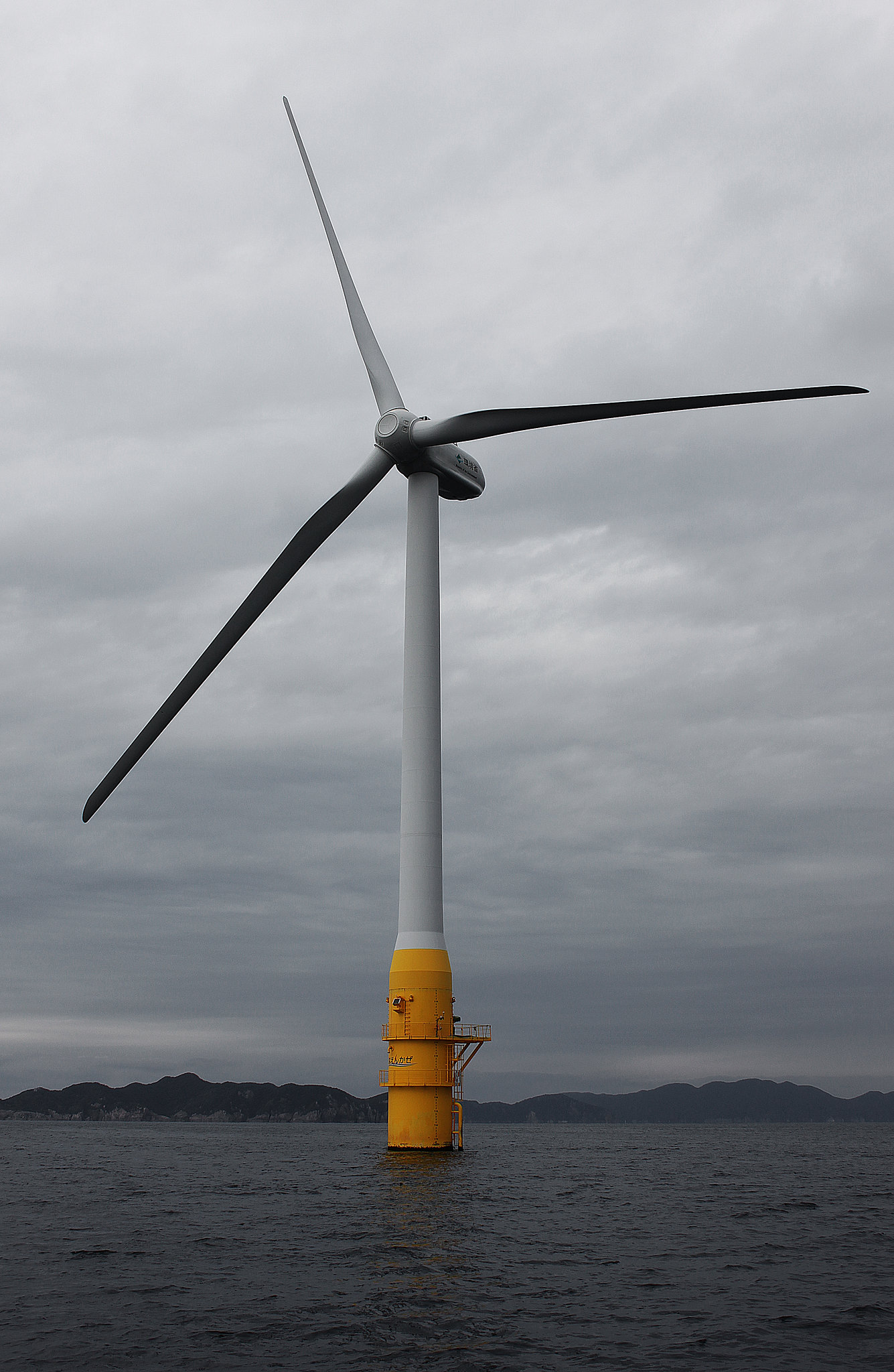Japan is updating its ocean policy with an eye on utilizing its exclusive economic zone to expand the wind power generation. This should turbocharge the local deployment of floating turbines amid rising global competition for the technology.
Promoting floating wind power technology is a key part of the maritime strategy mapped out in the draft of the Fourth Basic Plan on Ocean Policy, soon to be approved by Prime Minister Kishida’s cabinet. The Basic Plan is updated every five years and the current draft was open to public comment until early April. It consists of policy measures and strategies to cover a range of issues from national security threats to natural disasters, such as typhoons and high tides, as well as energy-related issues that concern ocean resources.
One of the plan’s focus points is the utilization of Japan’s exclusive economic zone (EEZ), which is an area extending 200 nautical miles (about 370 km) from the nation’s shore. Within the EEZ, countries have exclusive rights to explore and exploit natural resources under the United Nations Convention on the Law of the Sea (UNCLOS).
Expanding offshore wind into the EEZ means that available areas for development will dramatically increase. Current development is based entirely on Japan’s territorial waters, which limits projects to within 22 km from shore.

